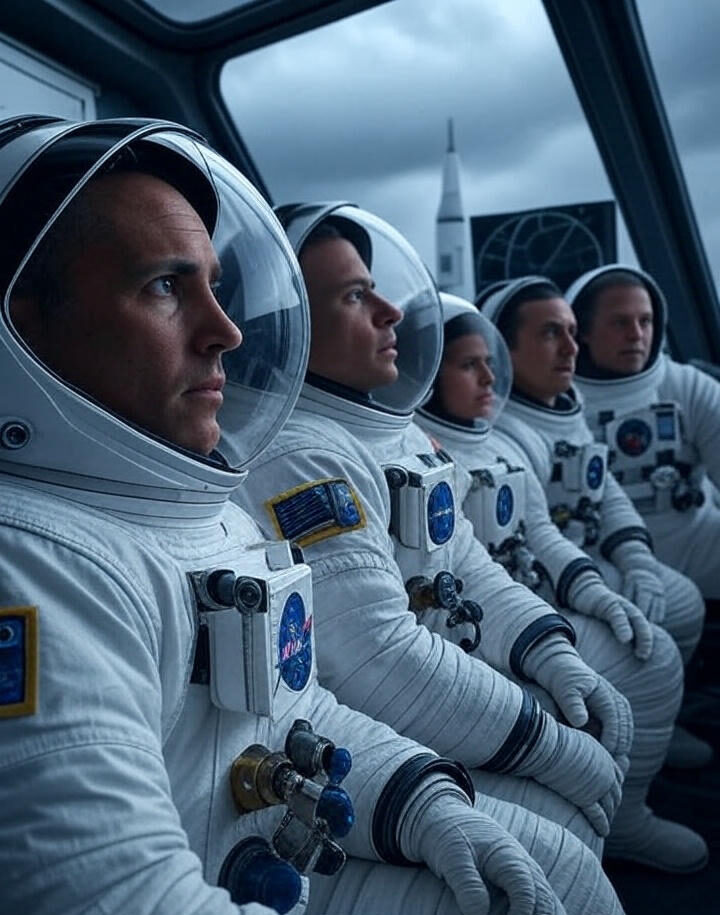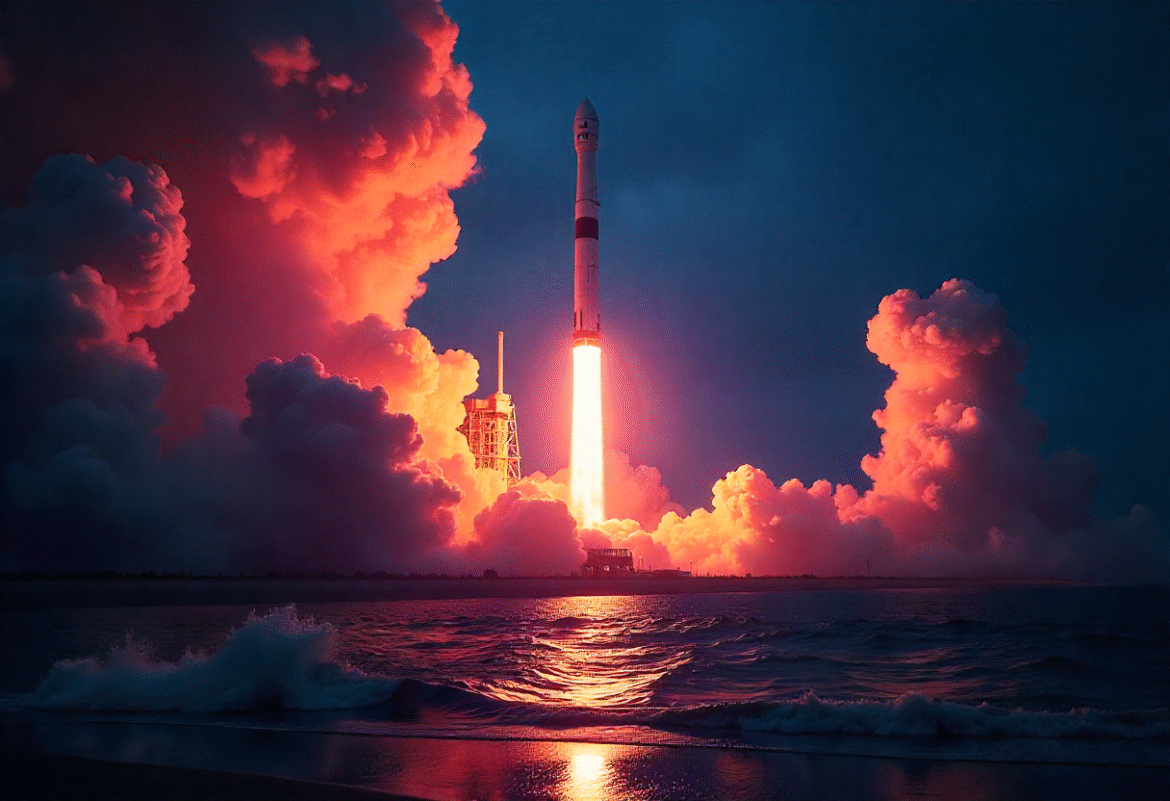SpaceX Crew 11 Launch Delayed by Weather
NASA Crew 11 mission aboard SpaceX’s Falcon 9 was scrubbed just seconds before liftoff on July 31, 2025, due to thick cumulus cloud cover over Cape Canaveral, Florida. The countdown was held at T 65 seconds as launch controllers declared a weather violation, canceling the attempt. A second window was scheduled for 11:43 a.m. EDT on August 1, with docking at the ISS expected early on August 2. The crew includes NASA astronauts Zena Cardman and Mike Fincke, Japanese astronaut Kimiya Yui, and Russian cosmonaut Oleg Platonov (AP News).
Despite internal turmoil, NASA emphasized that human spaceflight remains a top safety priority even amid staff reductions and leadership uncertainty (The Washington Post).
Workforce Cuts: Boon or Boondoggle?
Under the Trump administration’s federal overhaul plan, NASA is undergoing major workforce reductions, with nearly 4,000 employees about 20% of its workforce departing through buyouts, early retirement, or deferred resignation programs. Many are senior technical and managerial staff. The proposed 2026 fiscal budget includes a 24 to 25% funding cut (Space).
Nearly 300 NASA current and former employees, including astronauts, signed the “Voyager Declaration,” expressing serious concerns that the cuts jeopardize mission safety, scientific innovation, and the agency’s core purpose. They warned that undermining key safety oversight protocols put in place post Columbia disaster risks repeating past mistakes (The Guardian). Top Democrats also argue that implementing the proposed cuts ahead of Congress approved budgets may violate federal law (Reuters).
Climate Data at Risk: Carbon Satellites Targeted
In parallel, the Trump administration has directed NASA to draft termination plans for two major carbon observing satellite missions: the Orbiting Carbon Observatories, one standalone and one attached to the ISS. These satellites are vital for measuring global CO₂ levels and plant health data widely used by scientists, farmers, and energy sectors. Termination of the standalone satellite would result in its atmospheric burn up, permanently losing critical data streams (laist.com).
Scientists report that these missions produce “exceptionally high quality” data, with minimal upkeep costs approximately $15 million per year, a tiny fraction of NASA’s $25 billion budget. Researchers working on the program were reportedly asked to participate in termination planning despite Congress having already funded the missions through September 2025. Implementation of these directives has raised red flags, especially given ongoing congressional pushback to preserve funding (futurism.com).
Why This Matters
Organizational Stability & Safety Risks
- Losing skilled scientists and engineers risks delayed missions, safety oversights, and degraded institutional memory particularly relevant for crewed spaceflight and spacecraft testing (The Washington Post, Business Insider).
- With NASA lacking a permanent Administrator since January, leadership instability compounds the challenge. Acting head Sean Duffy, also serving as Transportation Secretary, is overseeing major programs, including Artemis and ISS operations (The Washington Post).
Climate and Scientific Integrity Erosion
- Canceling the carbon monitoring satellites could shatter U.S. leadership in climate data collection, making it harder to track greenhouse gases nationally and globally.(Globedge)
- The loss would frustrate scientific, agricultural, and energy interests that rely on detailed satellite data to inform policy and operations (laist.com, futurism.com, science.org).

Summary Table
| Issue | Details |
|---|---|
| Mission Delay | Crew 11 launch scrubbed July 31 by dense clouds; rescheduled for August 1 |
| Workforce Reduction | ~4,000 employees (~20%) departing under budget cuts; risk to mission safety and innovation |
| Political Tension | Trump budget cuts implemented before legal appropriation; employees warn of legal risk |
| Satellite Termination | Two CO₂/vegetation tracking satellites face planned shutdown; high value climate data lost |
| Scientific Backlash | Staff and astronauts call out the dismantling of oversight systems and program continuity |
| Congressional Response | Lawmakers push to maintain funding and reject premature cuts |
Looking Ahead
- Crew 11’s mission success will be closely watched as NASA navigates operational strain delayed weather windows, understaffed teams, and leadership flux.
- Congressional debates over NASA’s budget for FY 2026 will shape whether the proposed workforce reductions and satellite terminations move forward pending legal battles over appropriations authority.
- Scientific and industry communities are mobilizing to preserve these missions, arguing that the cost of losing climate monitoring capability far outweighs short term budget savings.
NASA finds itself at a critical juncture. While the Crew 11 launch underscores the agency’s resilience in space operations, the broader context of shrinking personnel and threatened climate science missions raises deeper questions about strategic direction. In a period defined by cascading challenges from weather delays to institutional upheaval what’s clear is that innovation alone is insufficient without adequate support, data continuity, and leadership stability.

